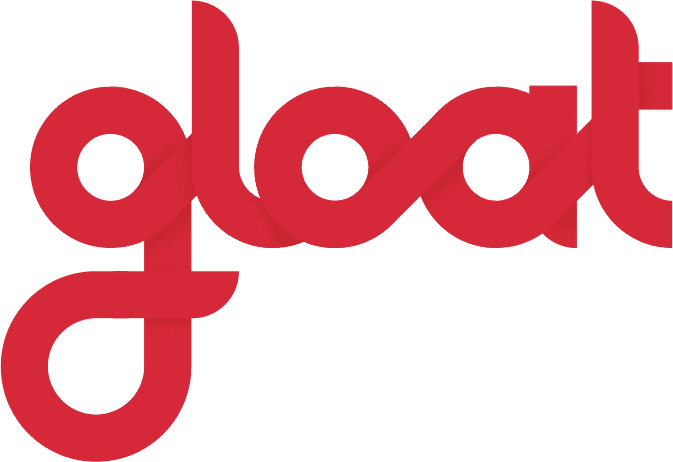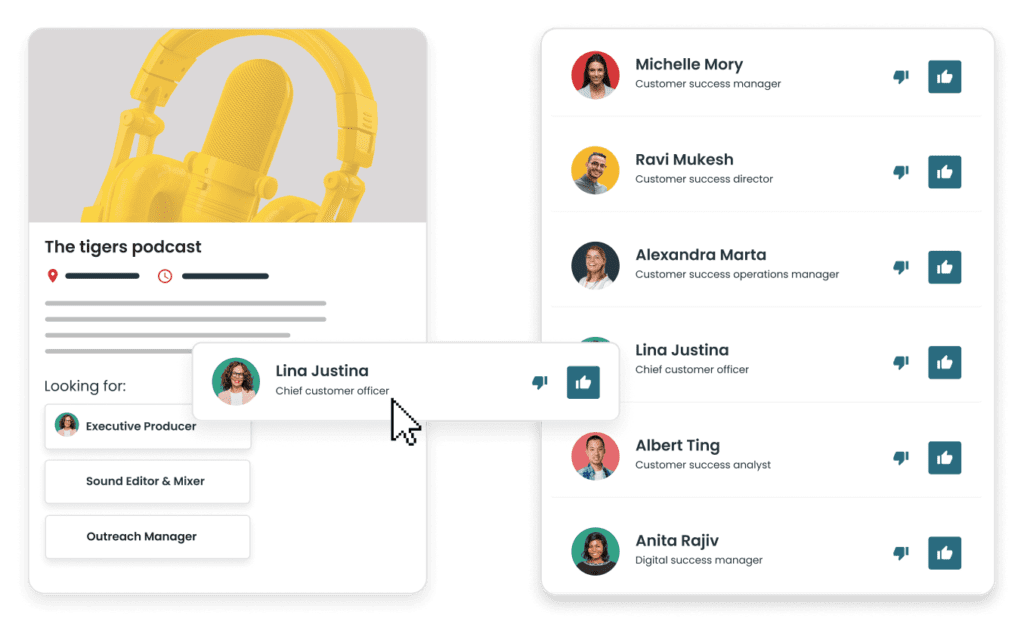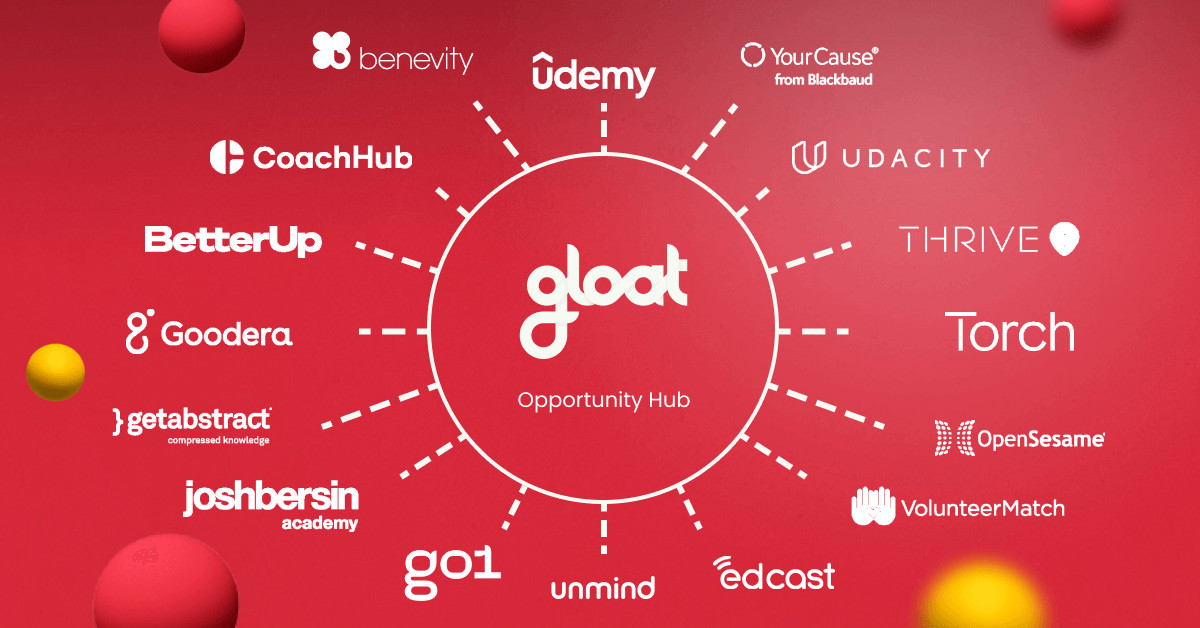March research roundup: Zooming out to zoom in on priorities in a tumultuous time
What I am reading, listening to, and thinking about in the world of talent marketplaces and workforce intelligence

We may only be a few months into 2023, but it’s already clear that it will be another year of rapid change. From accelerated advancements in generative AI to ongoing economic turbulence, leaders’ agendas are packed with priorities that will require businesses to recalibrate their strategies.
Executives won’t be able to use tried-and-true operating models and ways of thinking to overcome today’s challenges. Rather than turning to familiar strategies, executives must first zoom out and envision where they want to be in 2025 and 2030. It is only once we focus on the larger picture that we can begin to identify the game-changing innovations that will turn 2030 visions into realities.
This month’s newsletter spotlights research, thought leadership articles, and podcast episodes that will help leaders zoom out to zoom in by identifying the overarching trends that are reshaping the way we work. In addition to content that explores the cutting-edge breakthroughs and trends that are defining 2023 (like ChatGPT and quiet hiring), I’ve also included a piece about navigating the future of work from 2017 to help us reflect on just how fast our working world is changing, so that we can prepare for what’s coming next.
Here are the pieces I am reading, listening to, and thinking about to put 2023’s rapid changes into context to pave the way for success in 2030 and beyond.
REFLECT: This month I’m adding a “classic’ piece to begin the roundup. I’m starting with this provocative conversation which is a good foundation for 2023
Navigating the future of work: Can we point business, workers, and social institutions in the same direction?, Deloitte, by John Hagel III and Jeff Schwartz: Every leader is trying to predict what talent landscapes will look like in 2030. However, in addition to preparing for the future, we must also reflect on past forecasts and the changes the last few years have brought us. When I worked on this article and its accompanying podcast episode in 2017, no one could have predicted the seismic shifts that COVID-19 would set into motion a few years later. Yet, many pillars of today’s future of work discussion—including human-machine collaborations and the rise of AI and machine learning—were already on our radars.
And one more piece for context: we’re celebrating 50 years since the first mobile phone call. The historian in me is fascinated. In 2021, according to Pew Research Center, more than 97% of Americans had mobile phones. And while it took decades until mobile telephony became widespread, it has certainly changed, well, everything. Today the new technology we’re all experiencing is generative AI and #chatgpt. The challenge is how individuals, businesses, and society will adapt. How will management practices and work and workforce design change to incorporate a future where we all work next to and with smart machines, robots, and AI?
READ: What’s new in thought leadership about talent marketplaces and the future of work
Is Working From Home Really Working?, The New York Times, by Steven Rattner: 2023 is becoming the year to push back on hybrid work and flexibility, as this New York Times article by Steven Rattner illustrates. He writes that while the data on productivity and work from home are inconclusive, something is missing in terms of collaboration, social relationships, and camaraderie. Part of the problem is that our management and work practices are grounded in well-established models that tie work to physical spaces. It’s still early days for workers, managers, and executives who are redesigning work for an age of choice and autonomy. As Lydna Gratton has mentioned, the question might be how can we do hybrid working the right way—not whether we do hybrid working at all. I posted about this on Linkedin in late March and it reached more than 27,000 people, so it’s clear this is a topic everyone has something to say about.
Our New Promethean Moment, The New York Times, by Thomas L. Friedman: This article is a must-read if you’re looking to put ChatGPT and generative AI in context. As Thomas Friedman explains, “This is a Promethean moment we’ve entered, it’s one of those moments in history when certain new tools, ways of thinking or energy sources are introduced that are such a departure and advance on what existed before that you can’t just change one thing, you have to change everything.” Are we ready? Probably not. This is a big deal. The real question might be: how do we get ready? We are living in a period of transformational change, or what Tom frames as “The Promethean era, The Age of Acceleration, Amplification and Democratization.” When the world changes, we need to change too. Of course, this is exhilarating and frightening. But it’s also a call to reflection, action, and movement.
A further 9,000 jobs to be cut at Amazon, HR Review, by Amelia Brand: With economic turbulence showing no signs of subsiding, many companies are looking to headcount reductions as a means to cut costs—as recent news at Amazon illustrates. After laying off 18,000 employees earlier this year, the e-commerce giant is cutting an additional 9,000 jobs. I chatted with Amelia Brand to discuss what this news signals for talent landscapes at large. Namely, it’s important to keep in mind that layoffs are very uneven across the economy. Rather than a pervasive trend, it’s more of a sporadic one that companies may be able to avoid or minimize by prioritizing internal mobility and talent marketplaces.
Amid The ‘Quiet Culture’ Some Say Quiet Terms Are Much Ado About Nothing, Thrive Global, by Bryan Robinson, Ph.D.: Are quiet hiring and quiet quitting new phenomena? Or do they represent a repackaging of employment trends that have been around for decades? Bryan Robinson explores how the topics that are dominating talent conversations today compare with the priorities that used to top leaders’ agendas. Ultimately, all of these terms point to one truth: that forward-thinking employers must provide opportunities for internal mobility, reskilling, and upskilling to meet business needs and employee ambitions.
LISTEN: What I’ve been playing on repeat
HR-GPT Here We Come! Here’s Why GPT Will Revolutionize HR. And The Slow Motion Car Crash Economy., Josh Bersin.com, by Josh Bersin: Josh Bersin continues to show us the way forward with ChatGPT in his weekly podcast. I couldn’t agree more with his take on how generative AI will impact HR, which is the topic he explores in this week’s episode. The biggest question leaders need to think about is” How will we work with ChatGPT?” and not what work will be automated. Josh references Bill Gates’ recent post, The Age of AI has Begun, which predicts that AI may be as revolutionary as the internet and mobile devices. Are we learning and exploring how to with AI? Or are we allowing the problems and naysayers to distract us from harnessing this innovation?
THINK: What research and studies are saying about our path forward
Managing External Contributors in Workforce Ecosystems, MIT Sloan Management Review, by Elizabeth J. Altman, David Kiron, Robin Jones, Susan Cantrell, and Steve Hatfield: This insightful article from my colleagues at MIT Sloan Management Review and Deloitte Consulting explores how visionary organizations are orchestrating dynamic workforce ecosystems comprised not only of full-time employees, but also many kinds of external contributors. Rather than sticking with a siloed approach, leading companies are changing their technology systems and emphasizing culture, values, and diversity to transform how contingent workers and independent contractors are managed. If you’re interested in more future of work insights, check out our new book, Workforce Ecosystems: Reaching Strategic Goals with People, Partners, and Technologies, which can be pre-ordered now and is available on April 11!
Future Today Institute 2023 Tech Trends Report, Future Today Institute, by Amy Webb: For the past few months, I’ve been writing about how 2023 is an important year for business, talent, and HR leaders to “zoom out to zoom in” and consider where they want to be in 2025 and 2030 to make critical decisions today. This report is an excellent place to start because it breaks down the large-scale shifts that are already transforming the way we work, as well as foreshadowing the breakthroughs and innovations on the horizon.
Would U.S. adults rather have a low-paying job that they love or a high-paying job that they hate?, YouGov America, by Linley Sanders: Despite upticks in employee layoffs, many organizations are still struggling to retain and engage top talent. While some leaders may think upping compensation is the only way to increase worker satisfaction, new data from YouGov illustrates that this might not always be the case. In fact, twice as many Americans (50%) say they would opt for a low-paying job that brings them joy as say they would prefer a high-paying job that they dislike (26%). Rather than viewing compensation as a means to keep employees happy, leaders must recognize that work culture and access to growth opportunities both play a key role in maintaining satisfaction levels.
CONNECT: What future-fit organizations and leaders are talking about
Augmented Freelancers: How freelancing marketplaces can win with Generative AI, Linkedin, Balaji Bondili: This thought-provoking article from Balaji Bondili at Deloitte has me thinking about three opportunities: 1) How jobs and teams become suberjobs and superteams when we combine people and AI 2) What will superjobs and superteams with ChatGPT mean for freelancers and open talent? and 3) How can we harness AI for benefits beyond efficiency? How do augmented individuals and teams innovate and create new products, services, markets, and experiences?
Let us know what you would add to our list.






